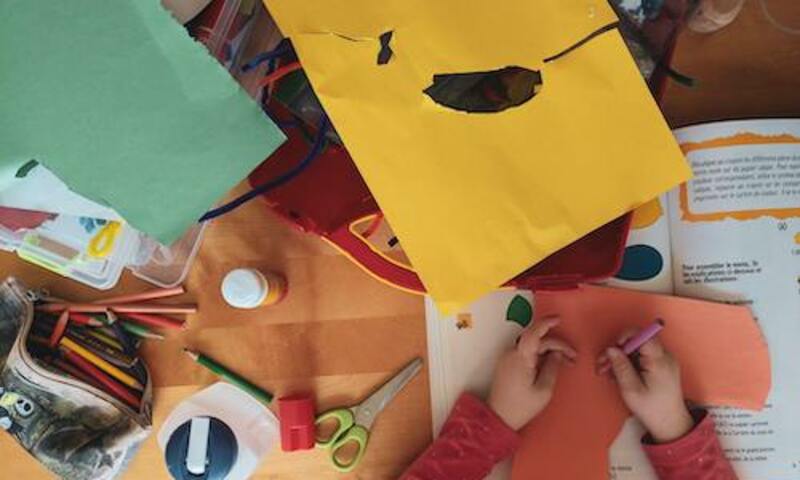Staring at a blank page, desperate for creative inspiration — no one is immune to creative block. When minutes turn into hours without any spark of an idea, creative block can feel frustrating, discouraging and hopeless. How do you overcome such an obstacle when it feels as though the well of creative ideas has run dry?
Every person responds differently when they feel stuck without creative inspiration. Some double down and try to hone in on the goal of creating something, hoping that somewhere along the way a new idea reveals itself. Others step away from the blank page and hope that a new idea will have more space to form naturally in the rhythms of life. Both these methods surely work for some, but both are incomplete.
The nature of creativity is that it is organic. Creativity can be sparked by anything and everything. Thus, sometimes it is easiest to be creative when the least amount of effort is involved in forcing it to happen. But creativity also requires intentionality. It usually is easier to think inside the box than outside of it, so in order to harness the power of creativity, one must start by actively striving to look beyond the easy solutions to what can be found outside the box.
But how does one practically do this? Artist Aris Moore in the book Creative Block: Get Unstuck, Discover New Ideas. Advice & Projects from 50 Successful Artists explains how her own creative process works: “It is when I find myself playing more than trying that I find my way out of a block.”
Creativity doesn’t thrive best when it is forced, it thrives when it has been cultivated. This is the reason why creatives in a variety of fields all point to daily habits of playful creative exercises as one of the best sources of creative inspiration and growth. These exercises are free from the pressures of perfection, unleashing the power of playing by allowing the creator to not be held back by any expectations or constraints. While there are endless creative exercises out there to try, here are two ideas that can help you get the ball rolling:
Mind Mapping
This exercise is great for anyone who needs more creative thinking to help them solve a problem. If you are on a team of people, make sure to get everyone involved in order to generate as many ideas as possible. Begin by writing out specific details of the problem and the need that needs to be met on sticky notes. For example, if the problem is “some students can’t afford college textbooks,” some phrases that could be written down are “high textbook expenses” and “lack of access to cost-effective books.” Try to write down as many phrases as possible.
Next, write down as many ideas as possible that could be potential solutions on another set of sticky notes. Don’t worry about practicality here, feel free to write down wild ideas regardless of how doable they seem. Focus on coming up with as many solutions as possible.
Now take these ideas and begin putting them together into groups. Identify lines of connection and themes you see emerging and move the sticky notes into different groups. As you see strengths and weaknesses to different ideas, try putting two ideas together to see if a better solution could be created in combination. While this exercise may not create the perfect solution, it helps to get the ball rolling on thinking of the problem from every angle.
The Limitations Technique
This exercise is a great way to work your creative muscles and help you to create something new if you want to start thinking more outside the box. While limitations can feel constricting, they are a great way to grow your ability to use your resources to find new ideas.
Begin by giving yourself a rule that limits what you are able to use to create something. If you like to draw, for example, this could be something like “I will not use my eraser” or “I can only use pieces of mail as my paper.” If you have to market an event, this could look like “I must come up with a way of advertising that is interactive for under 50 dollars.” Spend some time playing around with different projects that follow these constraints. You may be surprised how these limitations help you to get more resourceful.
There are limitless creative exercises out there that can help you get the ball rolling, so don’t be afraid to try new things to see what sticks. The important thing to remember is that spending some time doing playful activities is an excellent way to exercise your creativity and helps you to think more outside the box. While it is often easier to stick to the status quo, stepping out of your comfort zone is where creativity begins.
Want to find opportunities to tap into your own creativity? Stop by the Office of Innovation Monday through Thursday for resources and prompts that will help you get your creative juices flowing!
Written by Lindsey Hayden, Operations and Marketing Coordinator for the Office of Innovation.
 Biola University
Biola University

.jpg)
.jpg)
